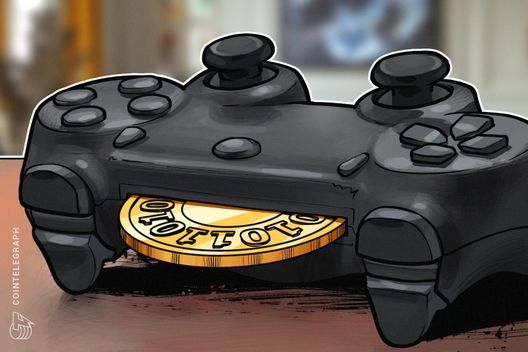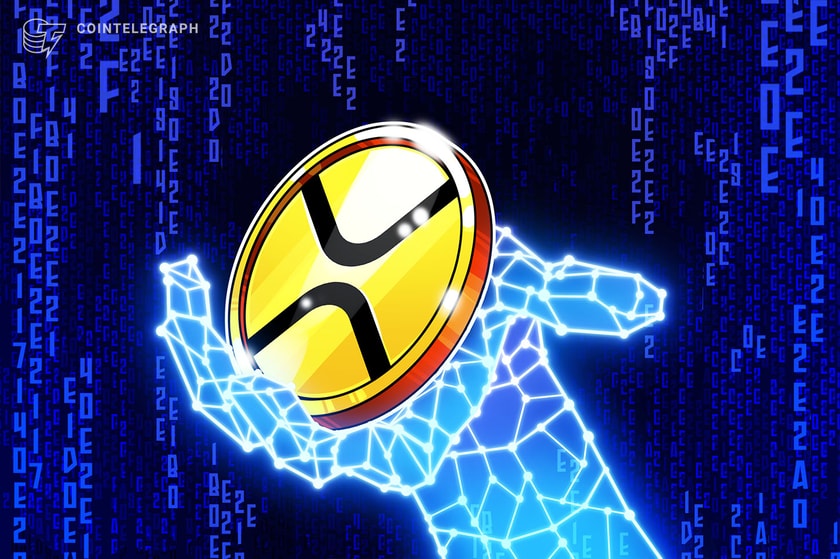Tron producer Donald Kushner creates Web3-inspired Cryptosaurs NFT collection
“NFTs can aid in the documentation of the creator community through smart contracts,” said Kushner.
273 Total views
16 Total shares

It’s been 40 years since the classic sci-fi adventure film Tron hit movie screens around the world. Produced by Donald Kushner and released by Walt Disney Productions, its highly original futuresque concept made history by revolutionizing the use of computer animation in film while introducing audiences to one of the earliest interpretations of a digital metaverse.
Reflecting on the movie’s success, Donald Kushner sat down with Cointelegraph reporter Sean Moore to discuss the success of the film, his new nonfungible token project Cryptosaurs and his thoughts on the future of the metaverse.
Cointelegraph: How do current metaverse implementations compare to what you may have envisioned during the creation of the original Tron film?
Donald Kushner: This is exactly what we envisioned — that the personal computer would overtake that of the mainframe computer. Games and intellectual property would become engines of wealth in a global creator community, and we’d see a battle between centralized and decentralized control of intellectual property, between an ownership economy and a creator economy.
But Kushner has also kept himself up-to-date on navigating the next wave of the digital revolution. “My colleague Mike Bonifer and I invested in crypto in 2018 as a learning experiment. It was his idea. Mike is a quantum storyteller who began as the publicist on Tron and wrote the book The Art of Tron.”
As told by Kushner, Bonifer believed that films and streaming content could be financed by crypto and “pre-collectible NFTs.” So in 2021, Kushner and Bonifer, along with industry veteran John Scheele, came together to form Gumbotron — a Web3 studio dedicated to Metaverse storytelling.
The firm’s newest NFT project Cryptosaurs, developed in conjunction with Forj and Animoca Brands, features collectible digital dinosaur NFT characters, starting with an egg drop in Fall 2022. Each egg is a mystery box containing a line of code. A “gene randomizer” determines a sequence of “freeze-or-hatch” events in early 2023, in which holders of the eggs will be awarded a particular species of Cryptosaur with different uses in the Metaverse. The production team’s goal is for holders of the Cryptosaur characters to eventually showcase their NFTs in play-to-earn games, fine art, feature films, virtual reality exhibits, as Metaverse avatars and in other forms of media.
The idea for Cryptosaurs came from the childhood experiences of co-founder John Scheele, who also worked on Tron as a visual effects artist. Scheele’s father was the director of the Cleveland Museum of Natural History for 40 years, and family vacations consisted of dinosaur digs. And so, fellow co-founder Mike Bonifer pointed out: “If we can get John to recall the wonder he had as a child on those dino digs, we will have a story.”
Tying it all back to the cyber world envisioned through Tron, Kushner says that the film’s influential legacy can still be seen in many areas of the gaming and entertainment space:
“It’s not a coincidence that Hal Finney [the first recipient of Bitcoin and one of the alleged creators of the digital asset itself] worked on Tron’s Atari game. Yat Siu, the founder of Animoca and a big Tron fan, also worked at Atari when he was 13. And then there are people like William Gibson, who pioneered the cyberpunk genre in science fiction. He was also influenced by Tron.”








